Hack that Eliminates the Need for LinkedIn Sales Navigator

LinkedIn shook up the business world in January 2017 when the platform made major changes to its interface. If you read our blog Big Changes Coming to Your LinkedIn back in January, you’ll see the many changes that occurred, the biggest being limiting search capabilities. Prior to the interface change, LinkedIn users could easily advance search their connection’s contacts by a specific geographic area, job title, industry or company. This change alone has made many of my business connections jump ship and buy a seat on LinkedIn Sales Navigator—costing them a whopping $79.99 a month (ouch.) Fortunately for you, my friend Caleb Townsend, co-founder of Factur—Manufacturing Referral Network, has found a hack to get around the dreaded LinkedIn search conundrum.
Advance Searching Tips
- Open LinkedIn in Google Chrome (best browser to use)
- Select a business connection or friend’s LinkedIn profile
- Click “See Connections”
- Make sure you are on the “All” tab
- Highlight all of the connections
- Click Command A (on Mac) or Ctrl C (on PC) to highlight all the text on that Connections page
- Click Command F (on Mac) or Ctrl F to search the highlighted text
- Input a keyword into the search
- Job Title (President, Engineer, etc.)
- Company
- Click the arrow on your search to sort through the contacts that match that keyword
- When you find people you want to ask your contact about highlight the contact
- Then right click and select “Open in a new tab”
- Note: Never just click on the contact, as it will exit you from your search!
- Look through the profiles of those who match your keyword search and make note to ask your contact if they would be a good fit for your product or service.
Now that you have this tip you’ll be able to mine your connection’s network for potential leads without paying the hefty nearly $1,000 per year for LinkedIn Sales Navigator. In my next blog, I will share next steps I’ve learned from Factur—Manufacturing Referral Network on how to approach the people you’re interested in meeting. This method has both increased my referral rate and also the number of people that agree to speak with me after being referred.



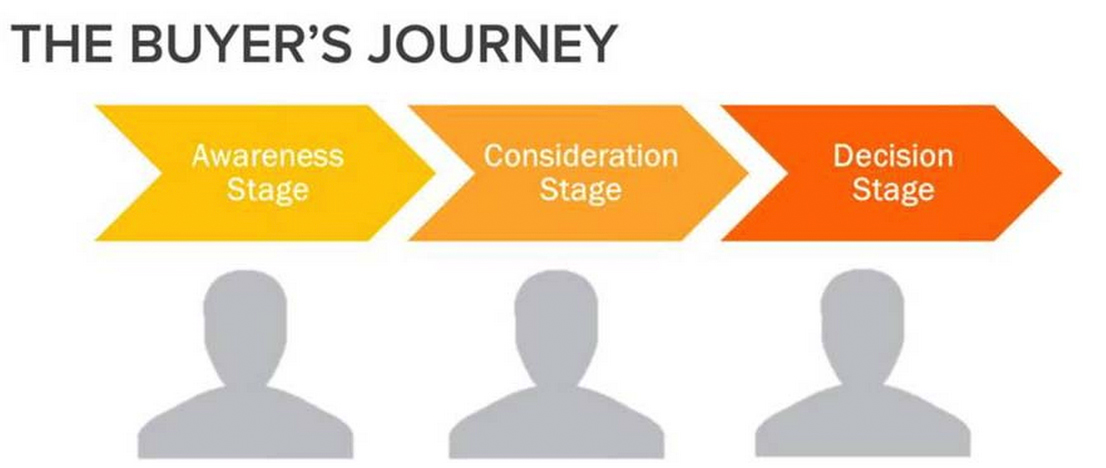
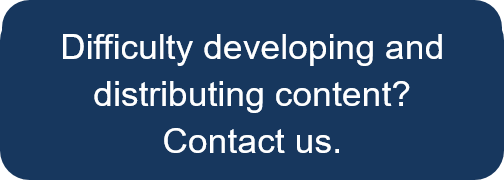
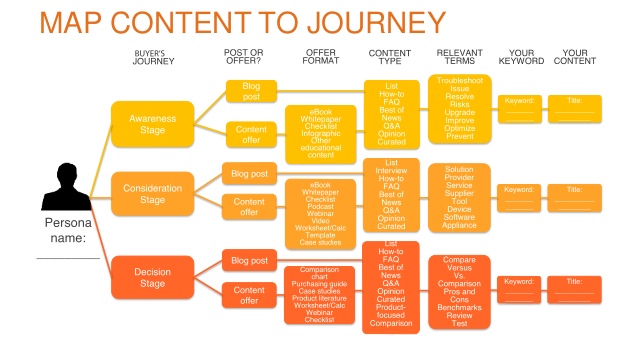 You’ve heard it before: content is king—and the way to create relevant, consistent content is by creating a content map. Content marketing is not a short-term campaign. Just like the manufacturing sales cycle, it is a long-term strategy to attract, convert, close and retain customers. Below, learn my best practices for creating a content map for inbound marketing success.
You’ve heard it before: content is king—and the way to create relevant, consistent content is by creating a content map. Content marketing is not a short-term campaign. Just like the manufacturing sales cycle, it is a long-term strategy to attract, convert, close and retain customers. Below, learn my best practices for creating a content map for inbound marketing success.
 At the end of the day, (for most manufactures on a single shift that could be 6:15 pm!), sales are the bottom line. We have said it before, “nothing happens until someone sells something.” Sales should be top of mind for everything you do from your trade show strategy to manufacturing PR and everything in between.
At the end of the day, (for most manufactures on a single shift that could be 6:15 pm!), sales are the bottom line. We have said it before, “nothing happens until someone sells something.” Sales should be top of mind for everything you do from your trade show strategy to manufacturing PR and everything in between.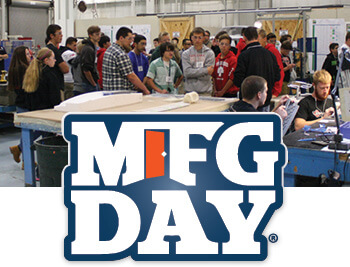

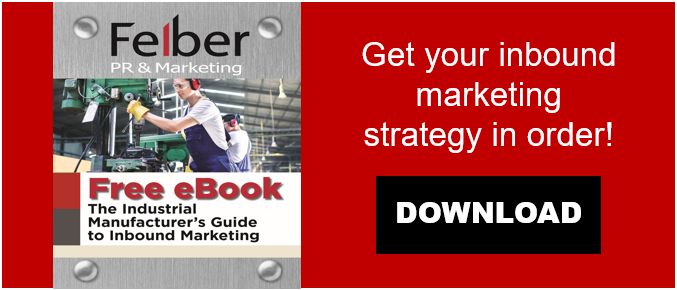
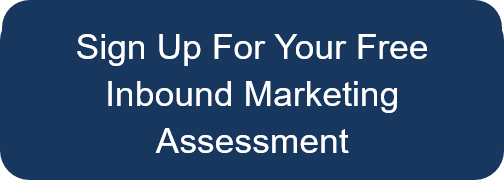
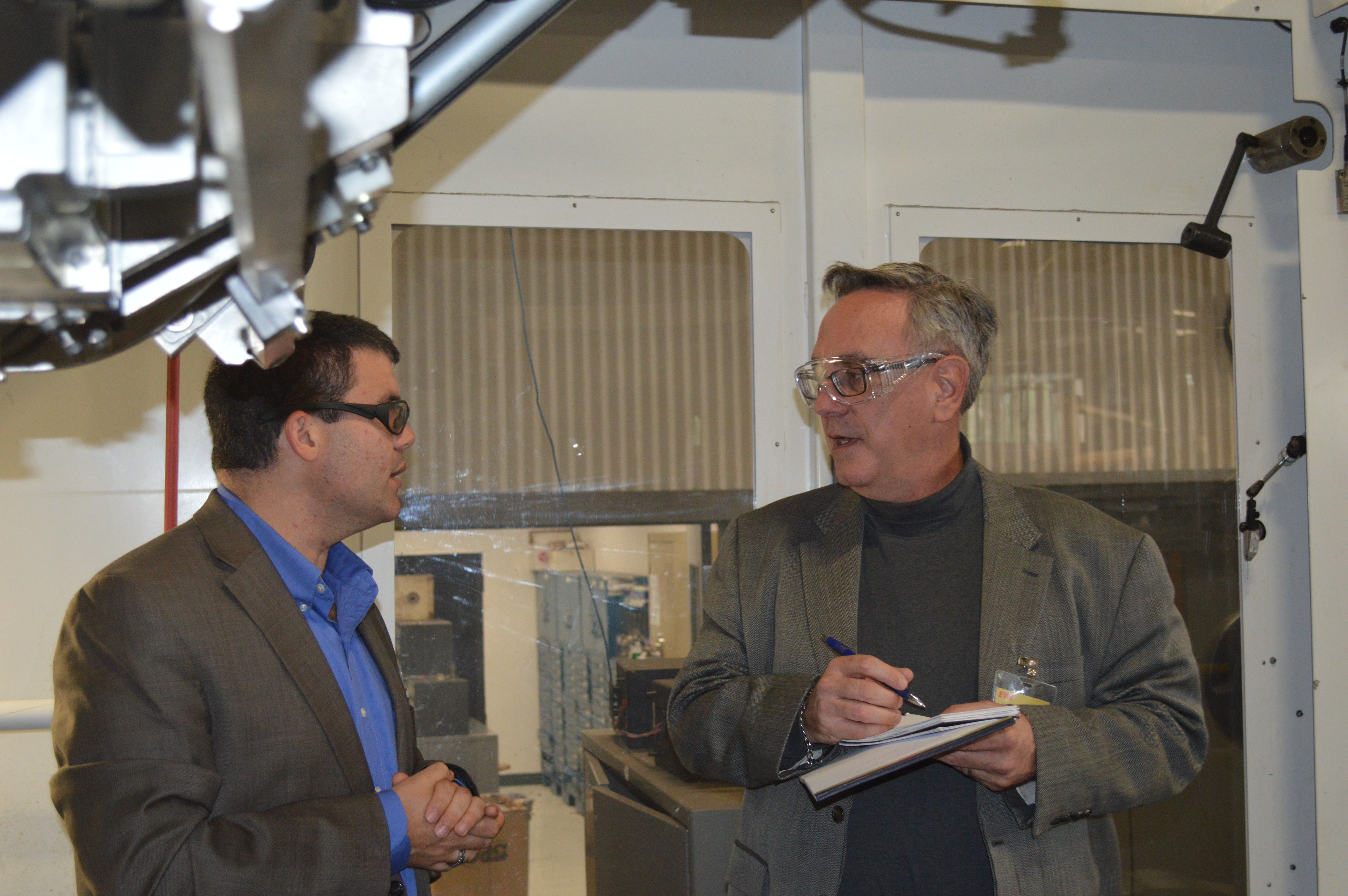
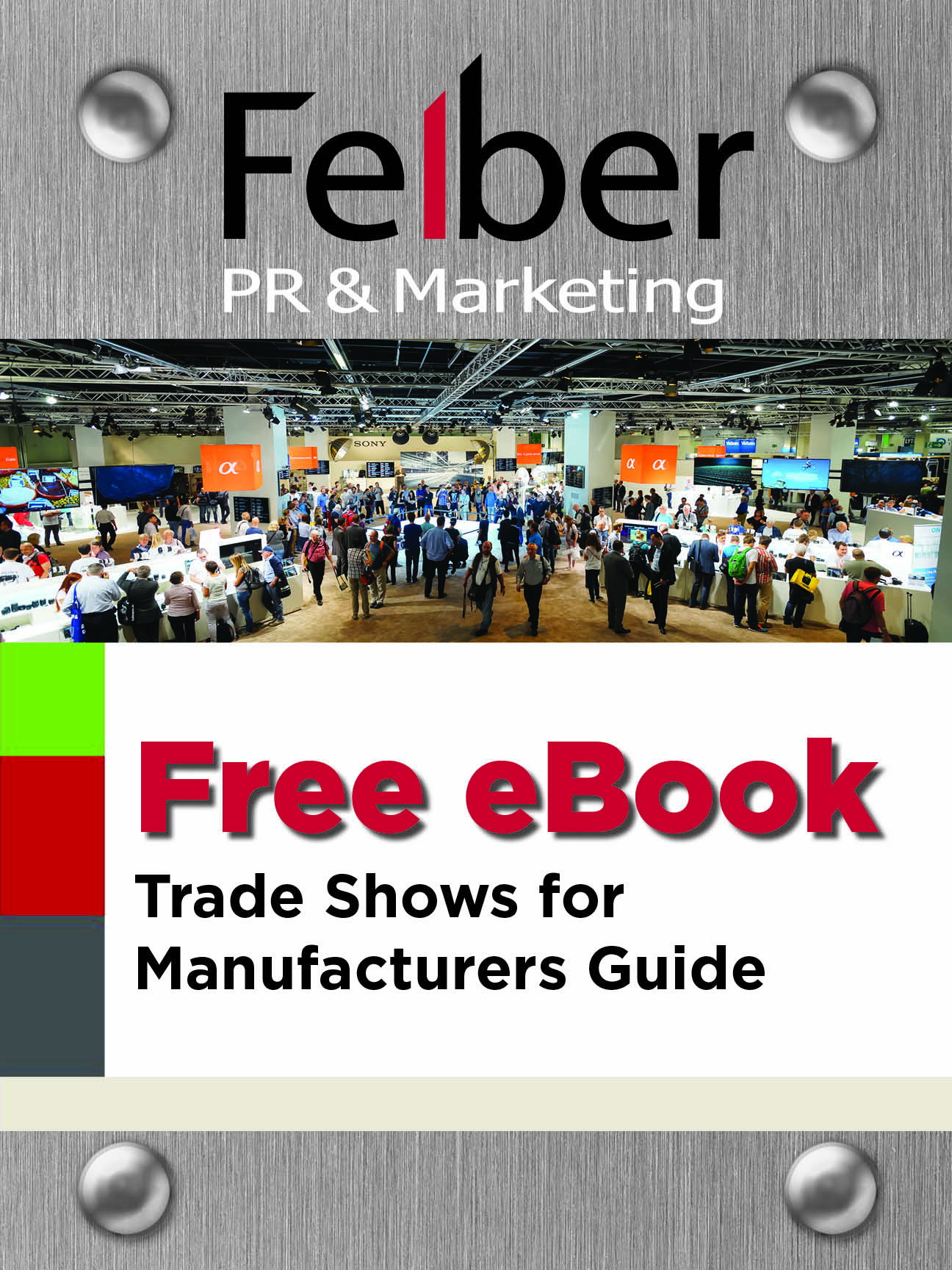


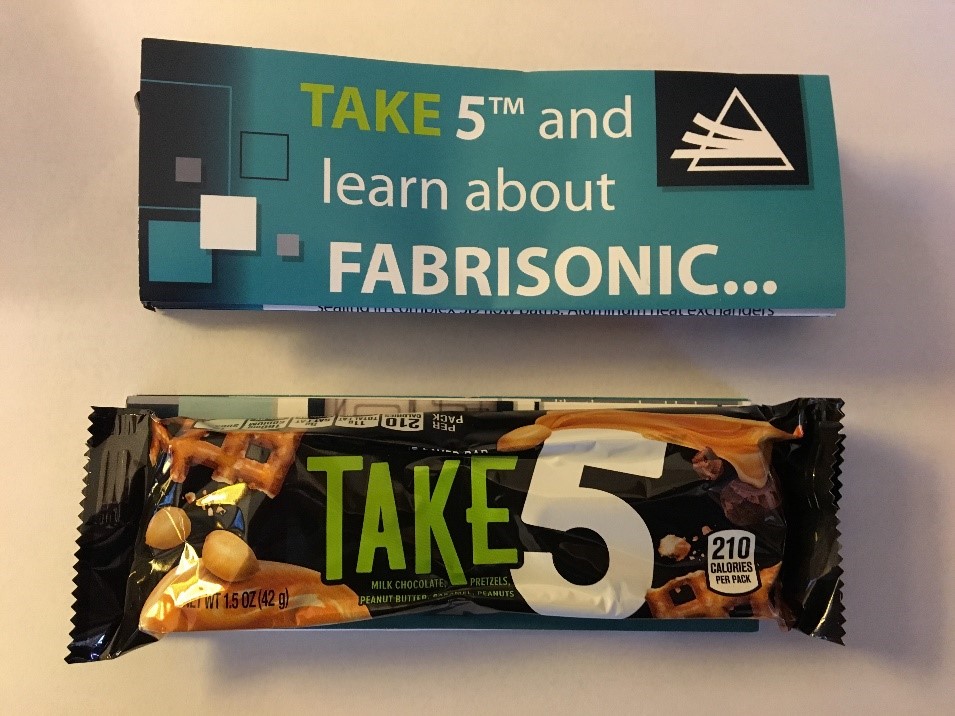
 Every day design engineers and procurement professionals across the globe are searching for new suppliers and manufacturers. If you are not seeing steady traffic and qualified leads hitting your website, you can make some simple changes to position your company as a leader in your industry. The following are the five most important components of information that design engineers and procurement professionals are seeking when considering new suppliers and manufacturers for their products.
Every day design engineers and procurement professionals across the globe are searching for new suppliers and manufacturers. If you are not seeing steady traffic and qualified leads hitting your website, you can make some simple changes to position your company as a leader in your industry. The following are the five most important components of information that design engineers and procurement professionals are seeking when considering new suppliers and manufacturers for their products.